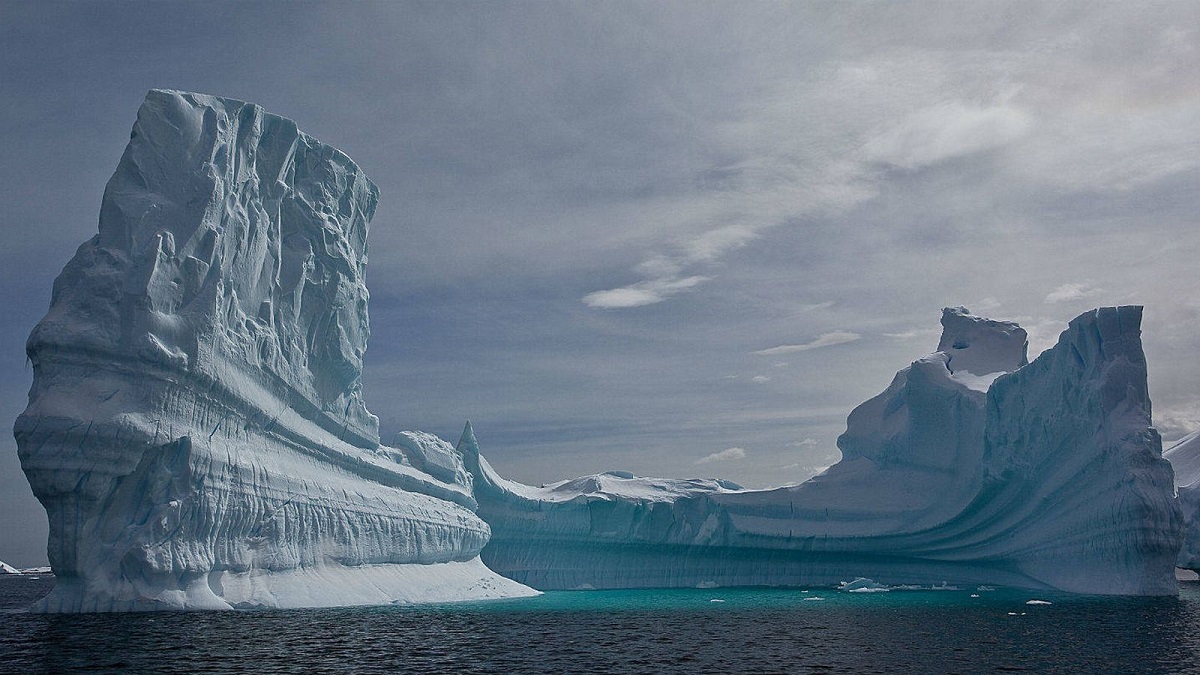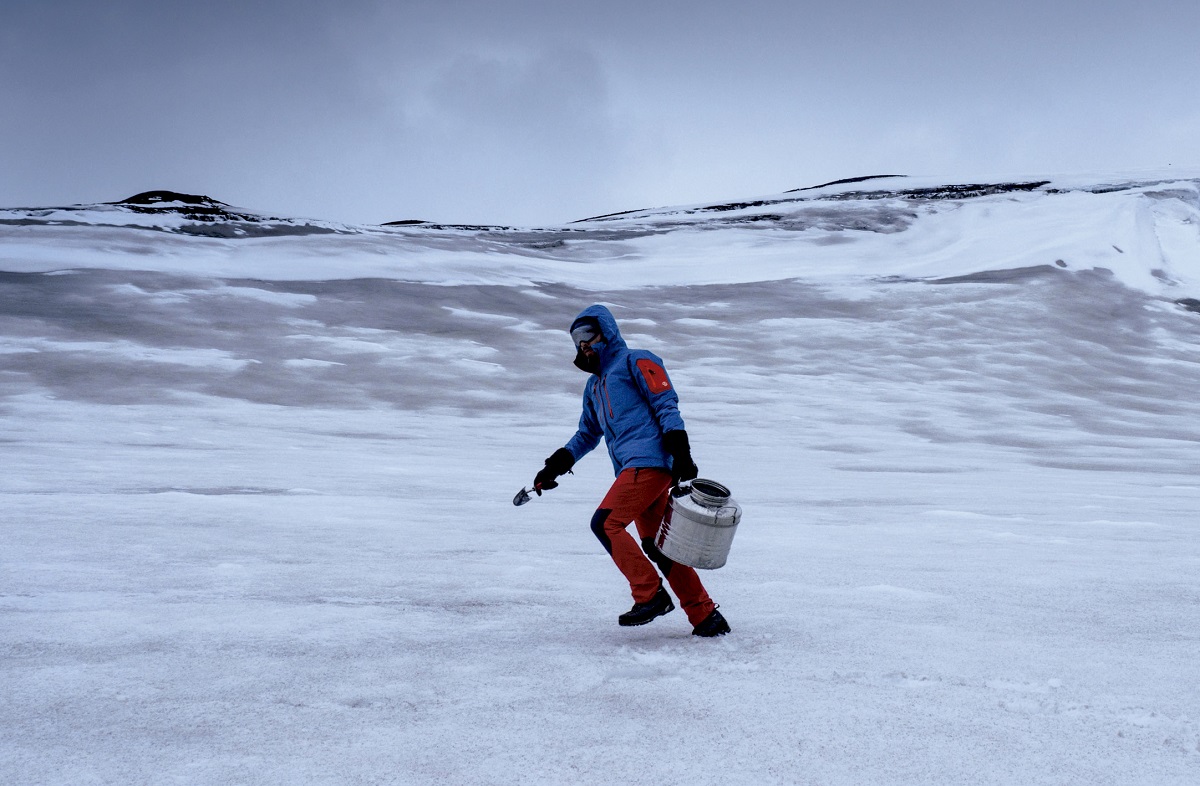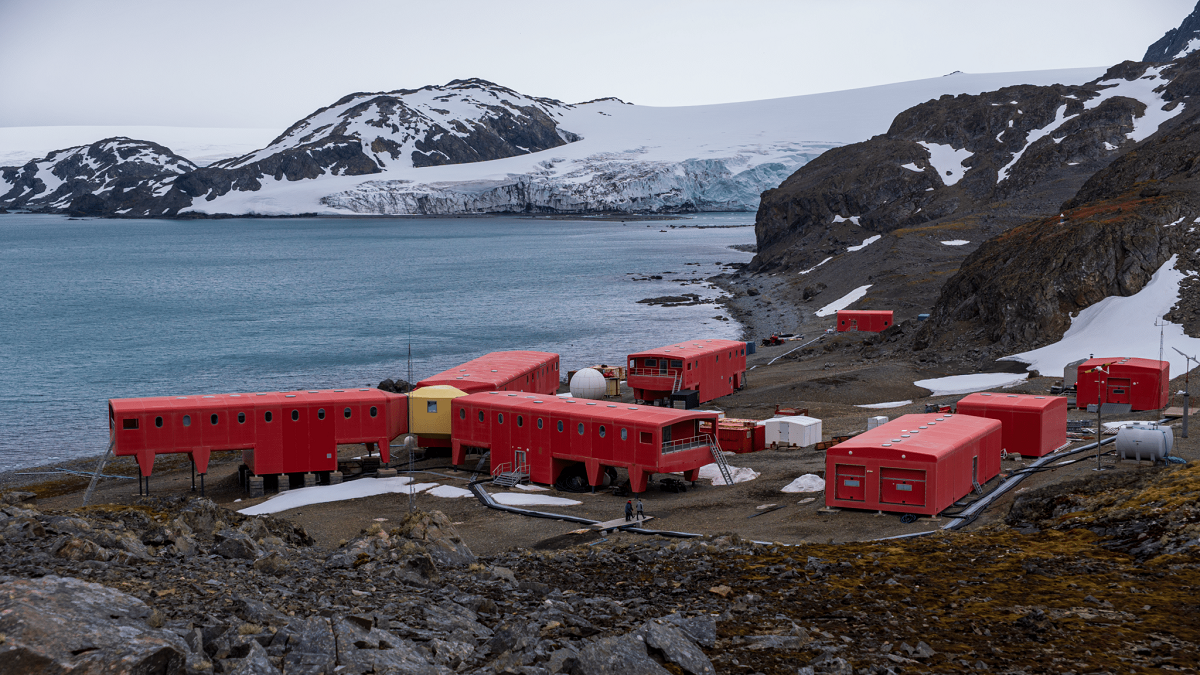
Due to its extreme cold, lack of precipitation, and constant strong winds, Antarctica is the only continent on Earth without a native population. Being the fourth largest continent globally, after Asia, America and Africa, this desired location is highly sought after by many. A vast territory of 14 million square kilometers is disputed by seven different countries, each of which claims ownership of specific parts. This leads to the question of,to which countries does Antarctica belong?
Therefore, in this article we are going to tell you which countries Antarctica belongs to and which are the candidates to keep that territory.
Possible countries that claim Antarctica

Neighboring nations include Argentina, Australia, Chile and New Zealand. France, Norway and the United Kingdom assert sovereignty over specific areas of Antarctica, making it clear that three European countries have territorial claims in the region.
In 1904, Argentina became the pioneer in establishing a lasting presence in the area and asserting its authority. The Orcadas Base, which stands as the longest-running scientific station in the Antarctica, was the result of this historic effort.
The South American nation considered the area as an expansion of its southernmost province, Tierra del Fuego, along with the inclusion of the Falkland Islands, South Georgia and the South Sandwich Islands. In 1908, The United Kingdom asserted its own Antarctic claim, encompassing the region already claimed by Argentina, even though the islands are under its control.
In 1940, Chile asserted its own territorial claim, arguing that it was a logical extension of its existing territory. The region known as Chilean Antarctica, located in the Magallanes Region, which is the southernmost of Chile's 16 regions, shares some territory with the Antarctic lands claimed by Argentina and the United Kingdom.
The remaining claims to sovereignty arise from territorial acquisitions made by renowned Antarctic explorers in the early 1911th century. Norway's claim is based on the expeditions led by Roald Amundsen, who achieved the notable feat of being the first person to reach the geographic South Pole in XNUMX.
New Zealand and Australia base their territorial claims in Antarctica on the Antarctic achievements of James Clark Ross, who, on behalf of the British Empire, planted the flag in areas that were later placed under the jurisdiction of these two nations by the British Crown, in 1923 and 1926respectively.
Antarctic Territory

Within the Antarctic territory, France asserts its ownership over a modest plot of land that was initially found in 1840 by commander Jules Dumont D'Urville. This region, known as Adelia Land, was named in honor of the commander's wife. Notably, this territory remains unclaimed by any other nation.
Apart from these sovereign statements, 35 additional nations, including Germany, Brazil, China, the United States, India and Russia, have established permanent bases on the pristine continent.
To which countries does Antarctica belong?

The region commonly called the South Pole, which is home to the geographic South Pole, is actually a place that does not belong to any specific entity. It has been under the administration of an international agreement known as the Antarctic Treaty since 1961. Originally signed on December 1, 1959, this treaty involved seven countries with sovereign claims, along with five additional nations: Belgium, the United States (where the agreement was signed), Japan, South Africa and Russia.
In the midst of the Cold War, the Treaty was established with the objective of avoiding an escalation of military tensions. He stressed the importance of maintaining Antarctica as a peaceful refuge, free from conflict or international disputes. The Treaty firmly stated that the continent should always be used solely for peaceful purposes, ensuring the well-being and harmony of all humanity.
Thanks to the pact, Current territorial claims were ended and an important result was the designation of Antarctica as an internationally recognized scientific reserve.
In addition, he imposed a ban on nuclear testing and strictly limited any military-related actions, emphasizing the importance of collaboration in scientific research.
After that, the Treaty has seen the inclusion of 42 additional nations; However, only 29 of them have the authority to make decisions about the present and future of Antarctica., as they actively participate in “substantial research activities.”
So far, all members of the pact have unanimously committed to maintaining the ban on any non-scientific efforts in Antarctica.
Wealth and power
What prompts such a significant level of curiosity on a predominantly ice-covered continent? Abundant natural resources are among the main factors contributing to what lies beneath the ice.
According to Matthew Teller, a documentary filmmaker and journalist who has covered Antarctica extensively for the BBC, geologists They usually occupy the most prominent positions in the scientific bases of the white continent, and there is a specific reason behind this.
Although the Antarctic Treaty strictly prohibits oil and mining prospecting, there is still room for the exploration of these resources for scientific purposes. According to Teller, expert estimates indicate that the Antarctic soil is believed to contain approximately 200 billion barrels of oil.
It stands out that it far surpasses Kuwait or Abu Dhabi. Due to both explicit prohibitions and the exorbitant cost of extraction, exploiting these resources is no longer a viable option in the current context.
Unlike the Arctic, which is mainly made up of a frozen ocean, Antarctica is a continent characterized by its icy surface on rocky terrain. The Antarctic ice sheet can reach an astonishing depth of four kilometers. Furthermore, the construction of offshore oil platforms near the Antarctic coast, where significant oil and gas reserves are believed to exist, would be a very expensive task due to the freezing of water during the winter season.
Despite this, Teller warns that The state of the global economy in 2048, when the time comes to renew the protocol banning Antarctic prospecting, is uncertain and cannot be precisely predicted. According to him, in such a situation, a world devoid of energy could reach a state of despair.
The Antarctic region is known to have vast reserves of valuable resources, including coal, lead, iron, chromium, copper, gold, nickel, platinum, uranium and silver, in addition to its oil and gas deposits. These resources are found within the continental shelf of the region.
Regulated by the Antarctic Marine Living Resources Conservation Commission, krill and fish fishing in the Southern Ocean is carefully managed due to its large populations.
I hope that with this information you can learn more about which countries belong to Antarctica and who are the countries that claim it.